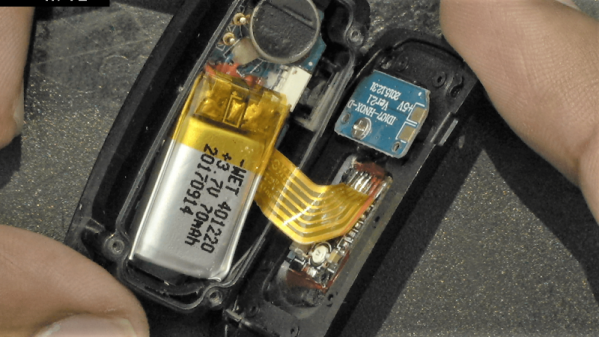What do fitness trackers have to do with bacterial cultures in the lab? Absolutely nothing, unless and until someone turns a fitness band into a general-purpose optical densitometer for the lab.
This is one of those stories that shows that you never know from where inspiration is going to come. [Chinna Devarapu] learned that as a result of playing around with cheap fitness bands, specifically an ID107HR. A community has built up around hacking these bands; we featured a similar band that was turned into an EEG. With some help, [Chinna] was able to reflash the microcontroller and program it in the Arduino IDE, and began looking for a mission for the sensor-laden platform.
He settled on building a continuous optical densitometer for his biology colleagues. Bacterial cultures become increasingly turbid as the grow, and measuring the optical density (OD) of a culture is a common way to monitor its growth phase. This is usually done by sucking up a bit of the culture to measure, but [Chinna] and his team were able to use the hacked fitness band’s heartrate sensor to measure the OD on the fly. The tracker fits in a 3D-printed holder where an LED can shine through the growing culture; the sensor’s photodiode measures the amount of light getting through and the raw data is available via the tracker’s Bluetooth. The whole thing can be built for less than $20, and the plans have been completely open-sourced.
We really like the idea of turning these fitness bands into something completely different. With the capabilities these things pack into such a cheap and compact package, they should start turning up in more and more projects.












